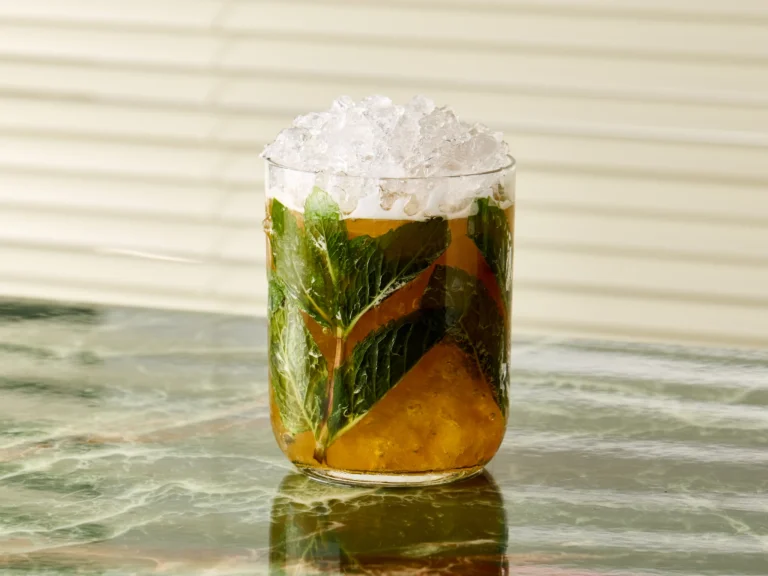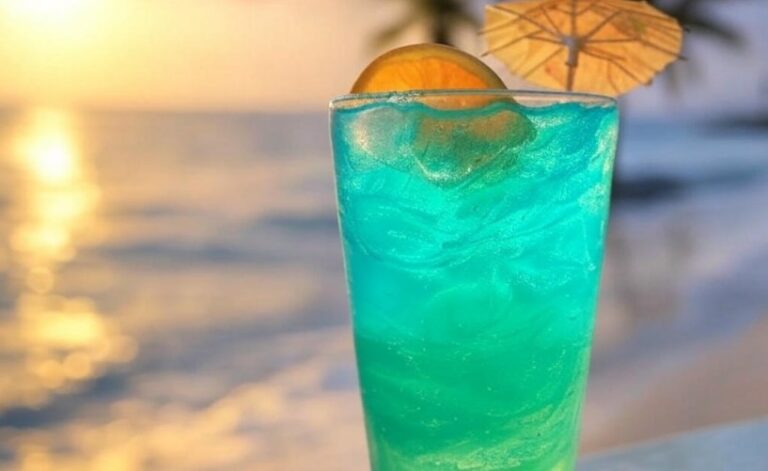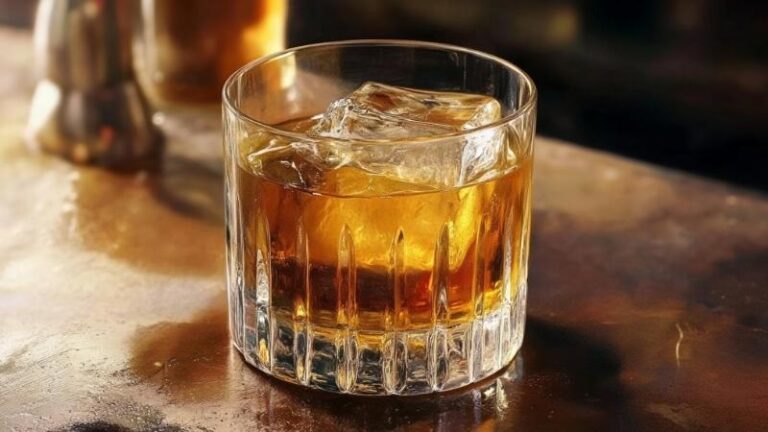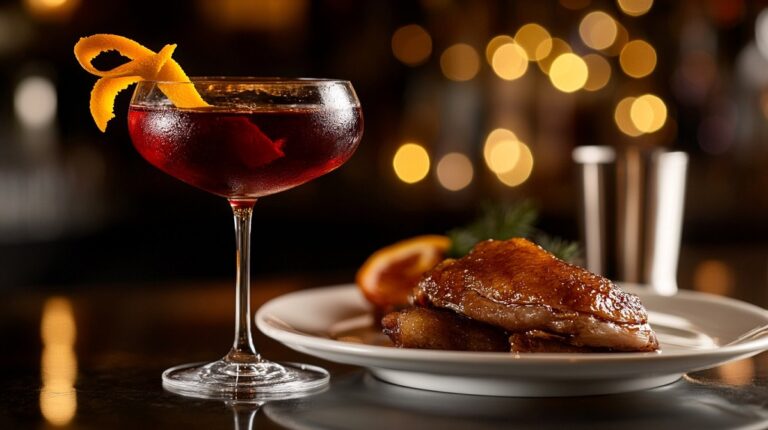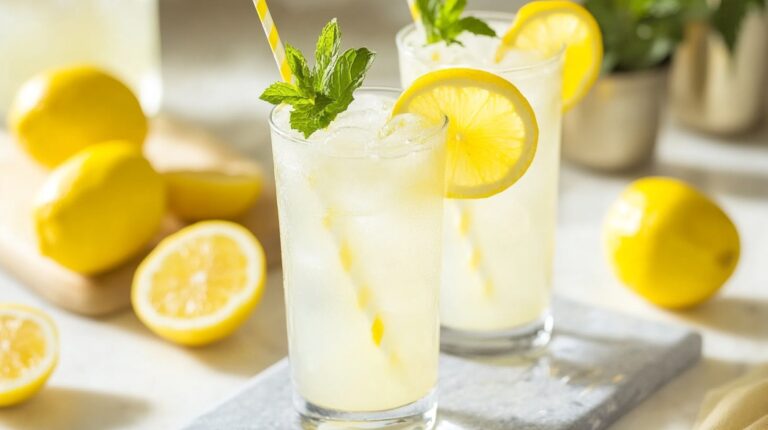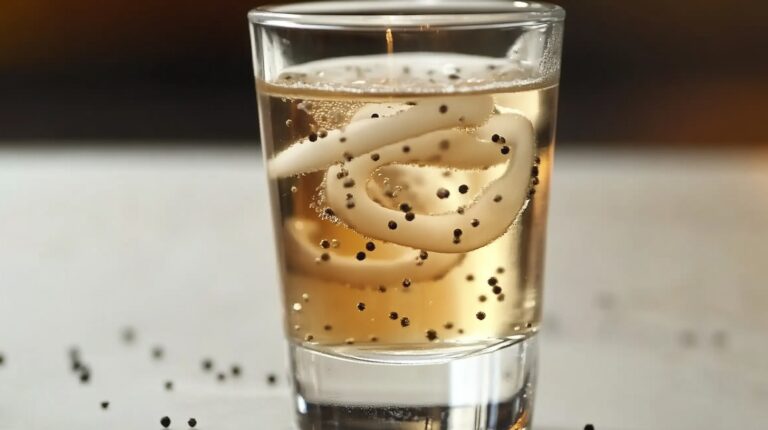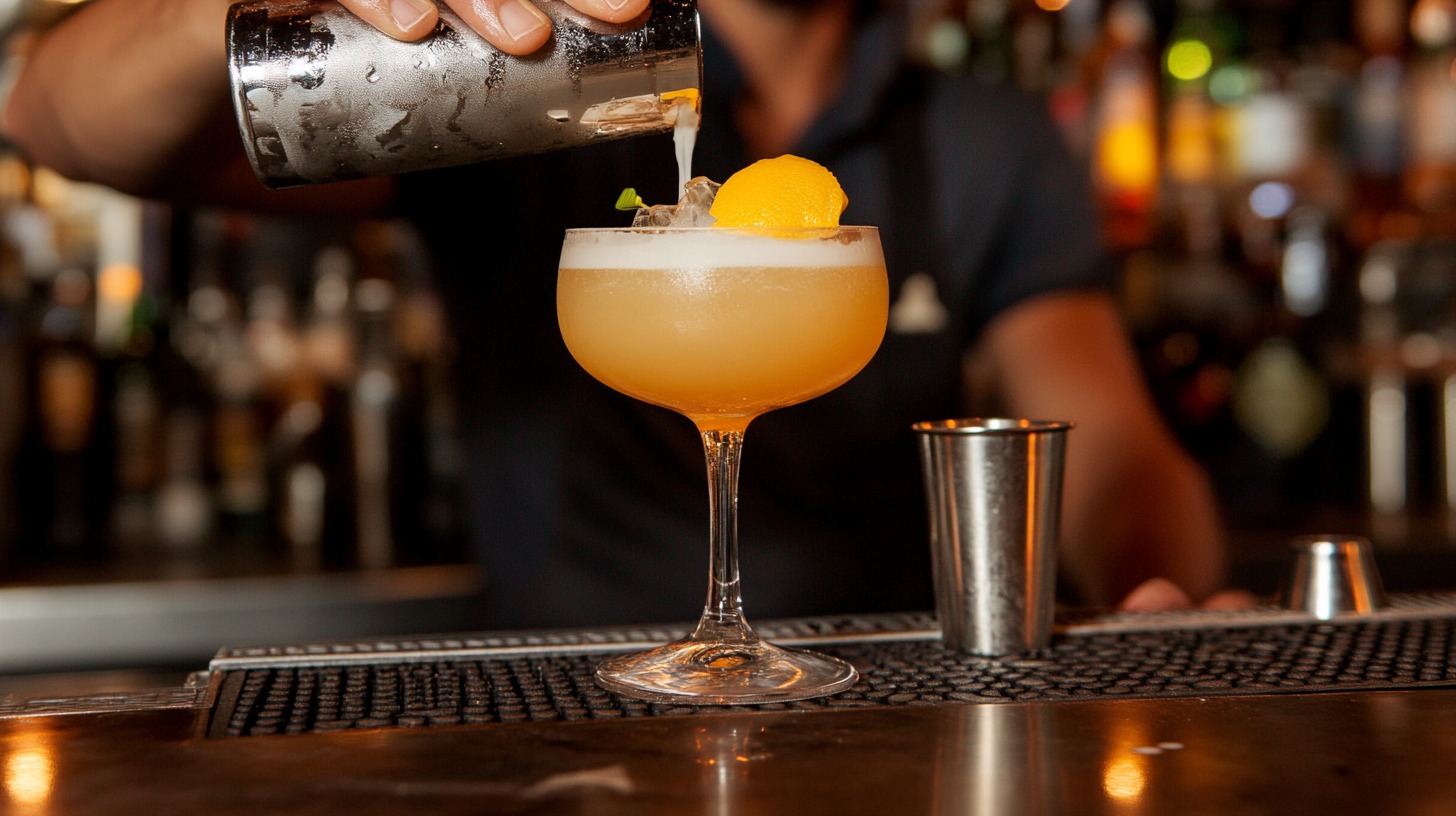The first time I tried making a simple cocktail at home, I thought it would be straightforward. I poured some liquor, added a splash of mixer, and gave it a quick stir. But when I tasted it, the balance was all wrong. It was either overpowering or so watered down that it barely resembled the drink I had in mind. That was when I realized there was more to cocktails than just tossing ingredients together.
Knowing exactly how much spirit to use gave me control over the flavor and consistency of every drink I made. It transformed my attempts into something I could be proud to share with friends or savor on a quiet evening. Mixing a great cocktail isn’t about complicated recipes or fancy equipment—it starts with mastering the basics.
In this article, we’ll explore what the standard pour in a single mixer cocktail truly is, why it matters, and how to measure it like a pro.
Table of Contents
ToggleWhat is the Standard Pour for Cocktails
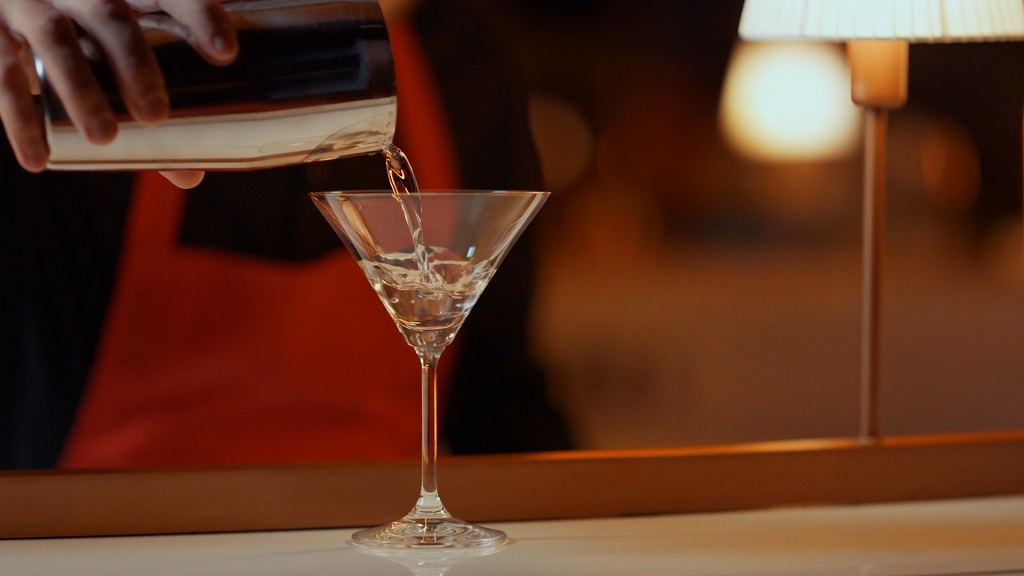
The standard pour for cocktails sets the benchmark for creating drinks with the right balance. It determines how much liquor is used, ensuring the flavor is consistent and matches the intended profile of the drink. Precision in this measurement is key to achieving a result that works every time.
A single mixer cocktail typically uses a standard pour of 1.5 ounces of liquor. For drinks served neat or on the rocks, the standard increases to 2 ounces, providing a richer taste without mixers.
How to Measure a Standard Pour?
Precision in measuring a standard pour is essential for crafting balanced cocktails. By understanding the tools and techniques used for this purpose, you can achieve consistent results that align with the intended flavor of your drink.
Precise measurements ensure that cocktails maintain their intended balance. Adding too much or too little liquor can distort the drink’s flavor and reduce the overall quality. Measuring also allows for:
- Consistency: Every drink will taste the same, whether made at home or in a bar.
- Flavor Balance: Ensures the spirit complements the mixer rather than overpowering or being overpowered.
- Mindful Consumption: Helps regulate alcohol intake, especially in social settings.
Step-by-Step Guide to Measuring
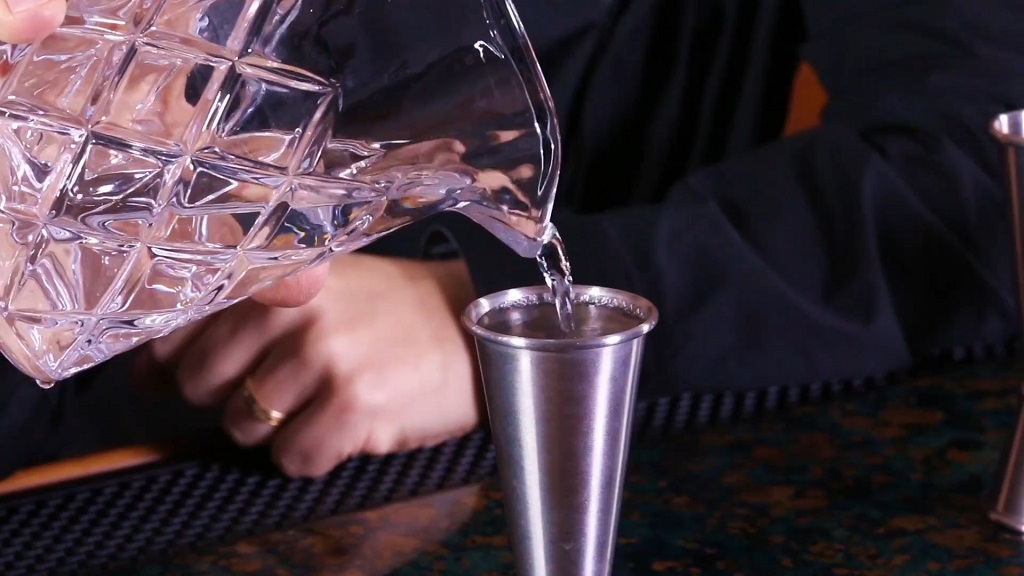
- Choose the appropriate tool based on your preference or availability.
- If using a jigger, pour the spirit into the larger side for a 1.5-ounce pour.
- For speed pourers, practice the three-second count method to control the flow.
- Double-check measurements when using tools like shot glasses to ensure accuracy.
Tools for Precise Pour Measurement
Having the right tools is essential for maintaining accuracy when creating cocktails. These tools ensure that every pour meets the standard measurement, resulting in consistently high-quality drinks.
Essential Tools for Measuring Pours
The following tools are commonly used by professionals and home bartenders to achieve precise measurements:
1. Jiggers
- Typically feature two sides, with one holding 1 ounce and the other holding 1.5 or 2 ounces.
- Some jiggers include markings for smaller measurements, making them versatile for any recipe.
2. Speed Pourers
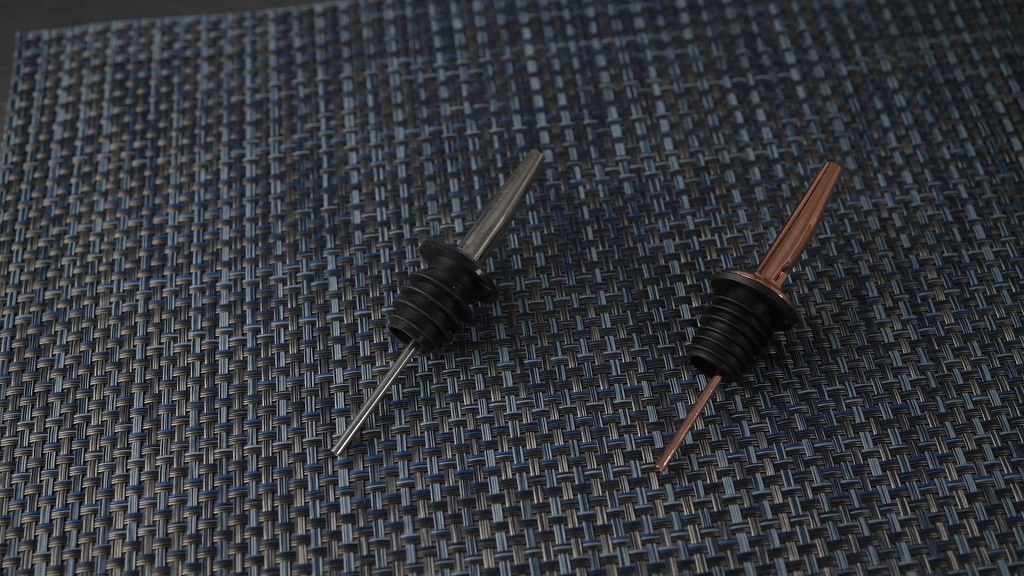
- Attach to bottle spouts to allow a controlled flow of liquor.
- Used with a timed counting method, they ensure consistency without additional tools.
3. Shot Glasses
- Hold exactly 1.5 ounces, matching the standard pour for single mixer cocktails.
- Widely available and simple to use for quick measurements.
4. Digital Scales
- Useful for precision-focused enthusiasts, especially for cocktails requiring exact ratios by weight.
- Offer an alternative for those without traditional bar tools.
Tips for Using Measurement Tools
- Always use clean tools to avoid residue affecting flavor or measurements.
- Practice with speed pourers to perfect the counting method. Start by pouring into a jigger to match timing.
- For shot glasses, pour slowly to prevent spillage and ensure the liquor reaches the lip.
- Store tools in a convenient location near your bar setup for ease of use.
Glass Size and Spirit Ratios
Choosing the wrong size can throw off the ratio of spirit to mixer, leaving you with a drink that feels weak or overpowering.
How Glass Size Changes the Game
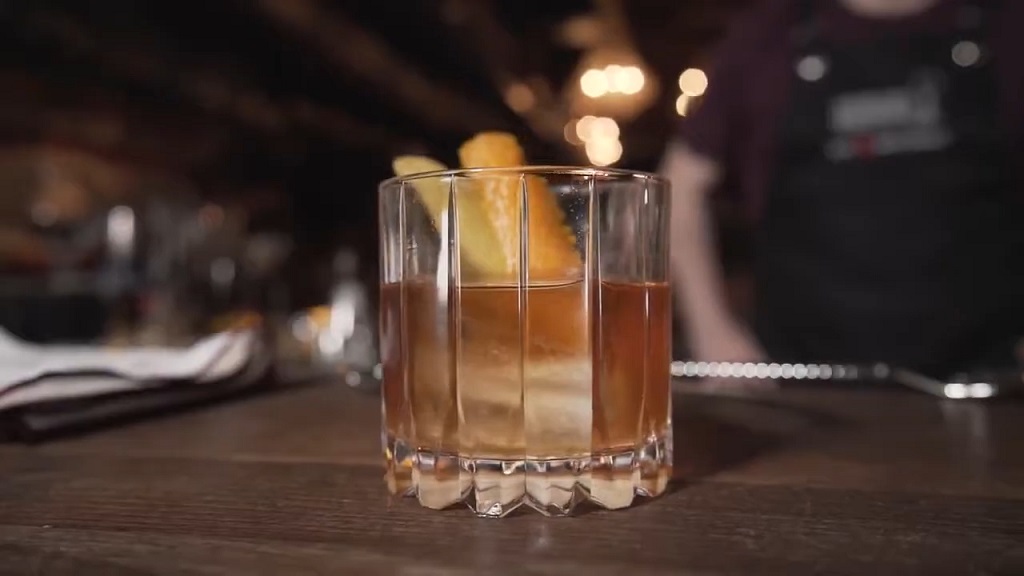
The size of your glass determines how much mixer fits alongside the spirit, shaping the final taste. Here is how different glass sizes work with standard pours:
1. Rocks Glass
- Holds 8–10 ounces, ideal for cocktails with less mixer, like a whiskey ginger.
- Works perfectly for drinks that rely on a stronger spirit presence.
2. Highball Glass
- Holds 12–14 ounces, suited for standard single mixer cocktails.
- Provides space for more mixer, balancing the drink without overwhelming it.
3. Pint Glass
- Holds 16 ounces, often used for double pours or more mixer-heavy drinks like a Rum and Coke.
- Can dilute the flavor if not balanced with enough spirit.
Getting Ratios Right
The ideal spirit-to-mixer ratio varies, depending on personal preference and the drink itself:
- 1:2 Ratio: For a stronger drink with the spirit taking center stage.
- 1:3 Ratio: A balanced middle ground for most cocktails.
- 1:4 Ratio: A lighter option, perfect for refreshing drinks where the mixer dominates.
Practical Example
Say you are making a vodka soda in a highball glass. With a 1.5-ounce pour of vodka, you might add 4.5 ounces of soda for a 1:3 ratio. Add ice to fill the remaining space, and you have a well-balanced drink. Now, try making the same drink in a pint glass without adjusting the vodka. It will feel weak unless you double the pour or use less soda.
Classic Cocktails and Their Ratios
Here are some examples of well-known cocktails and how their ratios work with the standard pour:
Gin and Tonic
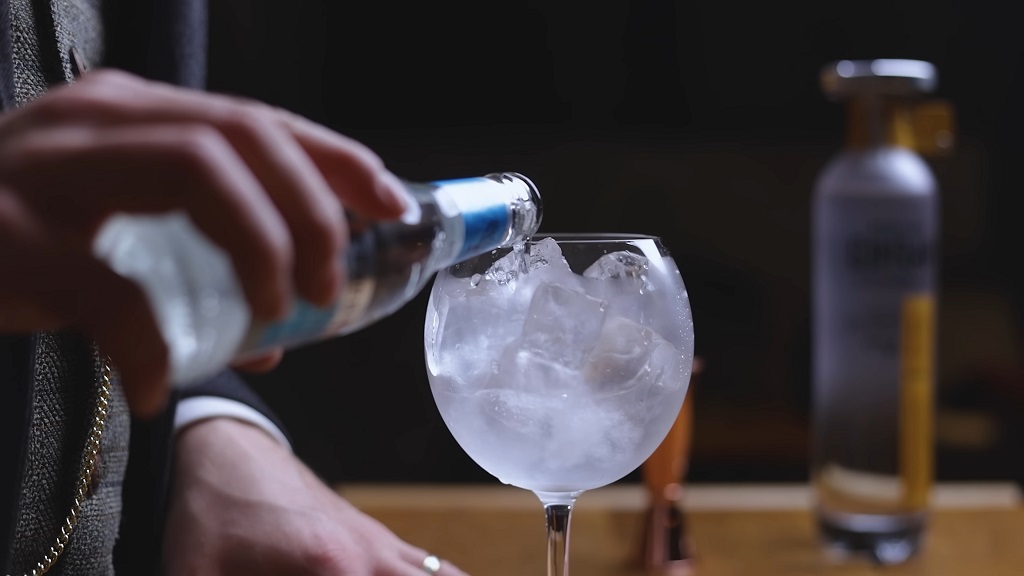
- Spirit: 1.5 ounces of gin
- Mixer: 4.5 ounces of tonic water
- Ratio: 1:3 for a refreshing and balanced drink.
Also – Check out our recipe for Gin Martini Cocktail.
Rum and Coke
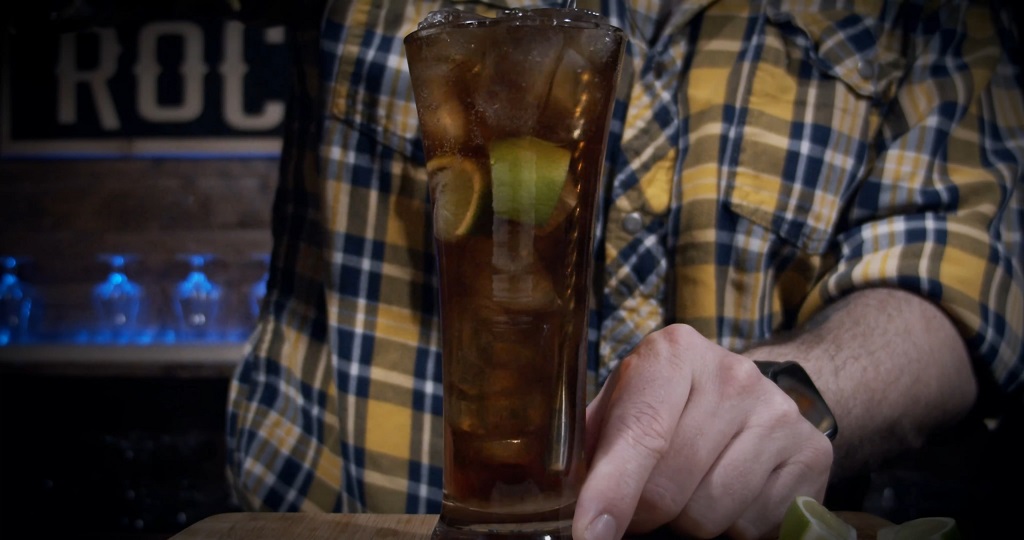
- Spirit: 1.5 ounces of rum
- Mixer: 4–6 ounces of cola (depending on taste preference)
- Ratio: Typically 1:3 or 1:4, depending on how sweet you want it.
Whiskey Ginger
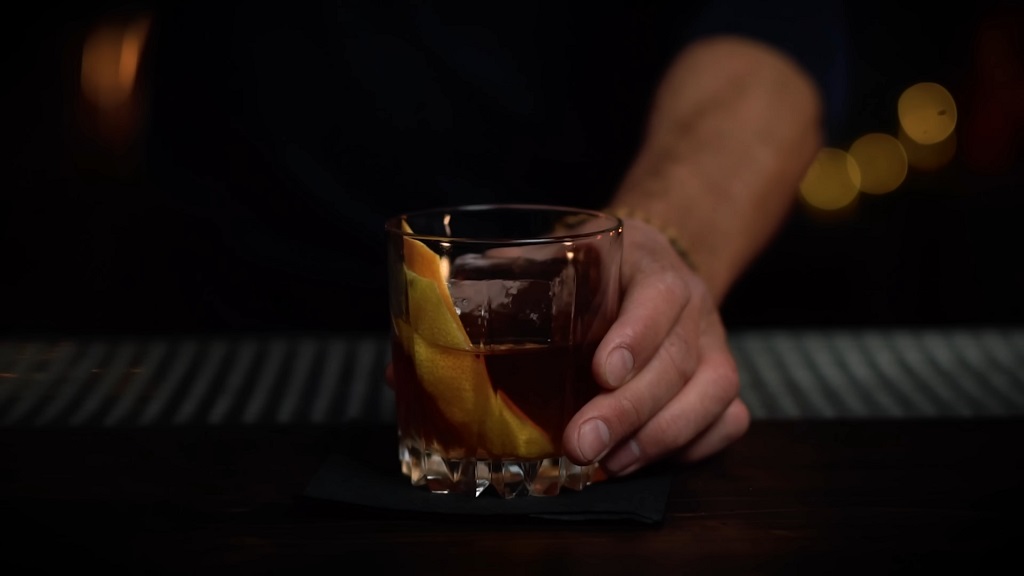
- Spirit: 1.5 ounces of whiskey
- Mixer: 3 ounces of ginger ale
- Ratio: A bolder 1:2 for a stronger flavor profile.
FAQs
What is the difference between a single pour and a double pour?
A single pour typically measures 1.5 ounces of liquor, while a double pour doubles that amount to 3 ounces. Double pours are common in cocktails that need a stronger flavor or in larger glasses like pint glasses.
How do bartenders measure pours without tools?
Professional bartenders often use the counting method with speed pourers. By counting seconds (e.g., “one-one-thousand, two-one-thousand”), they estimate the correct amount. Consistent practice ensures accuracy.
What is the purpose of using a jigger for cocktails?
A jigger ensures precise measurements, helping you follow recipes accurately and maintain consistency. It is especially useful for replicating professional-quality cocktails at home without guesswork.
What is the difference between a neat pour and a straight pour?
A neat pour serves the spirit alone in a glass without ice or mixers. A straight pour is similar but typically served with ice to chill and slightly dilute the spirit. Both differ from standard mixer cocktails, which include additional ingredients.
Final Words
Precision in measuring pours is the foundation of every great cocktail. It ensures consistency, balance, and a drink that meets its full potential. Understanding these basics helps you avoid common mistakes while giving you the confidence to mix drinks that taste exactly as intended.
With the right approach and tools, every cocktail becomes an opportunity to achieve the perfect flavor. By focusing on accuracy and balance, you elevate the quality of your drinks without overcomplicating the process. Success lies in getting the basics right.
Related Posts:
- What Exactly Is Rum Made From? A Breakdown of Ingredients
- The Way of the Cocktail by Julia Momosé and Emma Janzen
- The New Craft of the Cocktail by Dale DeGroff
- Classic Gin Martini Recipe - Timeless Cocktail
- Your Guide to Cocktail Shakers: Pros, Cons, and How…
- How to Make a Perfect Tipperary Cocktail at Home?


